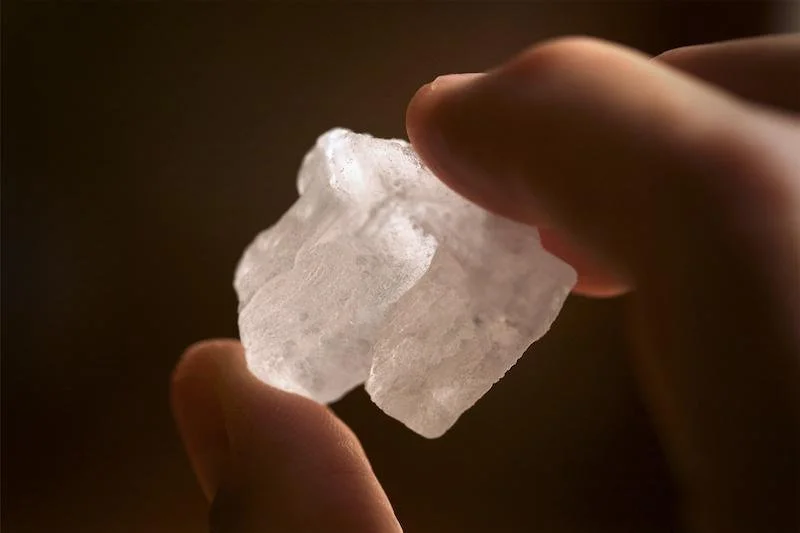bonaire SEA SALT AND ITS ROLE IN caribbean CUISINE
The Spanish arrived on Bonaire in 1499. The discovery was a result of the “Andalusían Voyages” carried out between 1499 and 1502 by Alonso de Ojeda along the coast of Venezuela and Panama. Ojeda had accompanied Columbus on his second journey to the New World. The voyages were named for the fact that a large portion of the ship’s company came from the Spanish province of Andalucía in the southeast portion of Spain. That northwest corner of South America would eventually become the Spanish province of Nueva Andalucía.
The Spanish collected the naturally occurring salt deposits that were found along the low-lying southern shore of the island--using the salt to preserve beef. At the time Spain was one of the largest producers of salt in the world, utilizing both saltpans along the Mediterranean coast and, in particular, a huge deposit of rock salt, called the Muntanya de Sal (Mountain of Salt) in Cardona, in Catalonia. The value of Spain's salt deposits in the fifteenth century exceeded the entire value of its gold and silver reserves.
Bonaire Salt Crystal
Salt was the number one commodity when the Dutch conquered Bonaire from the Spanish in 1636 and made it a plantation of the Dutch West India Company. The Dutch were extensive users of salt as well due to their commercial interest in the Baltic herring and the North Sea cod fisheries. Both activities required large quantities of salt to preserve the fish catch.
Looking for new sources of inexpensive salt, the Dutch found a veritable bonanza of salt in the Caribbean. They would go on to produce salt on all three of the Leeward Antilles as well as on St. Martin and the other Dutch islands in the Lesser Antilles further east. It was Bonaire, however, that would be the center of the Dutch trade in salt. From the very beginning, Caribbean salt would be exported all over North America as well as back to Europe.
From the mid-sixteenth through the early nineteenth century, Caribbean salt flowed north to the massive cod fisheries of Newfoundland’s Grand Banks and those of New England. Those fisheries, the single largest new source of protein in the world from the sixteenth through the eighteenth centuries, consumed enormous quantities of salt. Salted cod was in turn the cheapest form of protein available and came to play a prominent role in the diet of slaves in Caribbean sugar plantations, especially during the West Indies sugar boom from the mid-seventeenth century through the beginning of the nineteenth century.
To this day, salted cod features prominently in the national cuisines of the islands of the West Indies even though cod is not native to the Caribbean and the closest cod fishery is 1,000 miles to the north of the West Indies. Dishes like Green Fig and Salt Fish, the national dish of St. Lucia, or Salted Cod Fish Cake in Barbados, have long been staples of local diets. Indeed, what was once dismissed as being of little value except for “slave food” is now at the center of a Caribbean nouvelle cuisine that looks to integrate traditional, “slave food based” West Indies cuisine, with a modern “culinary fusion” inspired menu.
Salted Cod Fish Cake with Vegetables and Rice


